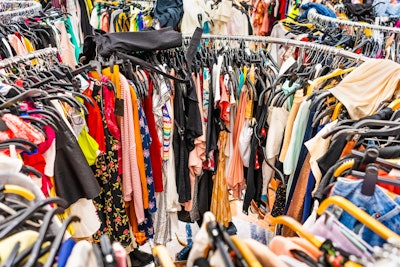
After record-high store closure predictions and ongoing economic uncertainty, brands are rethinking their growth strategies to ensure longevity, marking a pivotal shift from 6 years of single-channel strategies to a renewed focus on omnichannel, according to NuORDER by Lightspeed’s annual State of B2B eCommerce Report. As a result, 41% of brands cited diversifying their sales channels to reach more customers as a top priority, and 57% are focused on expanding and strengthening retail and customer relationships.
“If a brand is currently not in a phase where an omnichannel approach to its business is not already in motion, its long-term success may be at risk,” says Chris Akrimi, head of revenue at NuORDER by Lightspeed. “What we have seen as a winning formula is a successful transition to hybrid commerce that requires brands to think beyond individual sales channels and create a cohesive, data-driven strategy that aligns wholesale, DTC, and marketplaces out of their siloes. By investing in integration, partnerships, and customer experience, brands will future proof their businesses to meet diverse demands and drive long-term, sustainable growth.”
Key takeaways:
· Brands are leveraging wholesale for stability, with 72% ranking B2B/wholesale and 64% ranking B2C e-commerce sales strategies among their Top 2 business priorities for 2025. This signals a clear step back from aggressive scaling toward a more stable, retention and relationship-driven e-commerce strategy.
· While 57% of brands are investing in retail relationships, only 34% plan to enter new geographic markets. And one in 10 brands are not pursuing global expansion.
· Supply chain resiliency is a top priority, and 43% of brands are focusing on building stronger supplier partnerships for collaboration and flexibility. Only 8% of brands are exploring nearshoring.


![Pros To Know 2026 [color]](https://img.sdcexec.com/mindful/acbm/workspaces/default/uploads/2025/08/prostoknow-2026-color.mduFvhpgMk.png?auto=format%2Ccompress&bg=fff&fill-color=fff&fit=fill&h=100&q=70&w=100)







![Pros To Know 2026 [color]](https://img.sdcexec.com/mindful/acbm/workspaces/default/uploads/2025/08/prostoknow-2026-color.mduFvhpgMk.png?ar=16%3A9&auto=format%2Ccompress&bg=fff&fill-color=fff&fit=fill&h=135&q=70&w=240)







